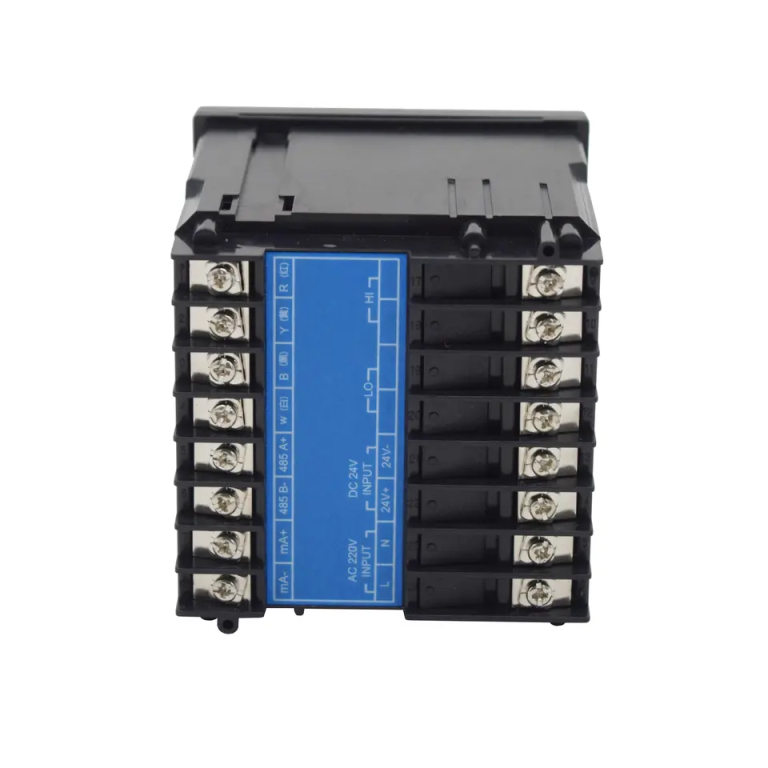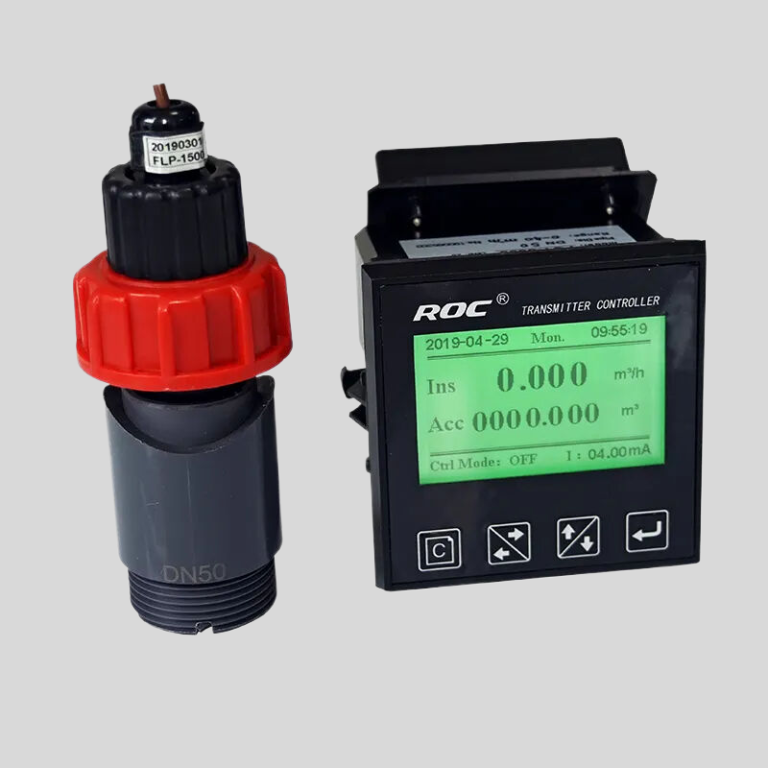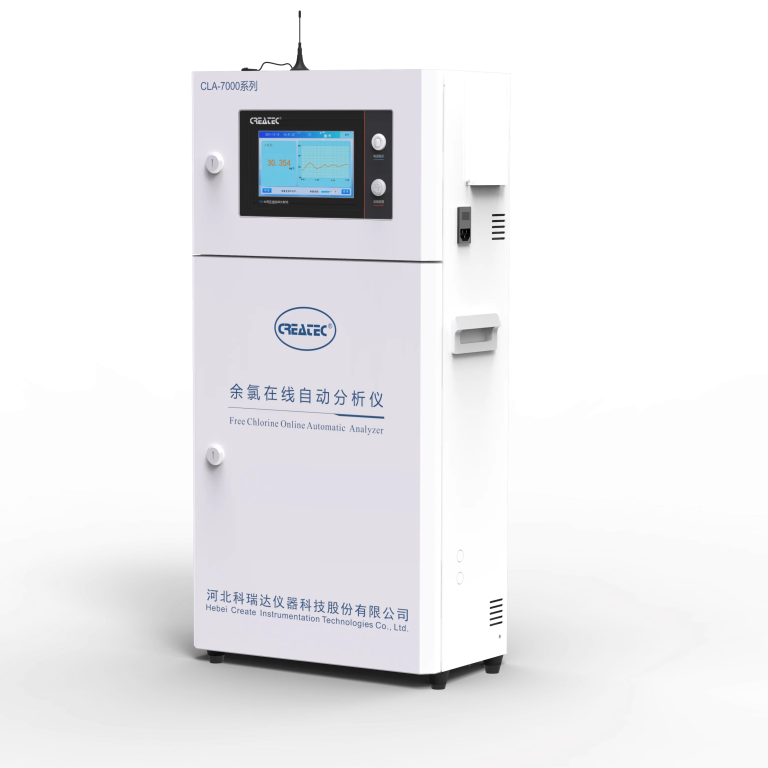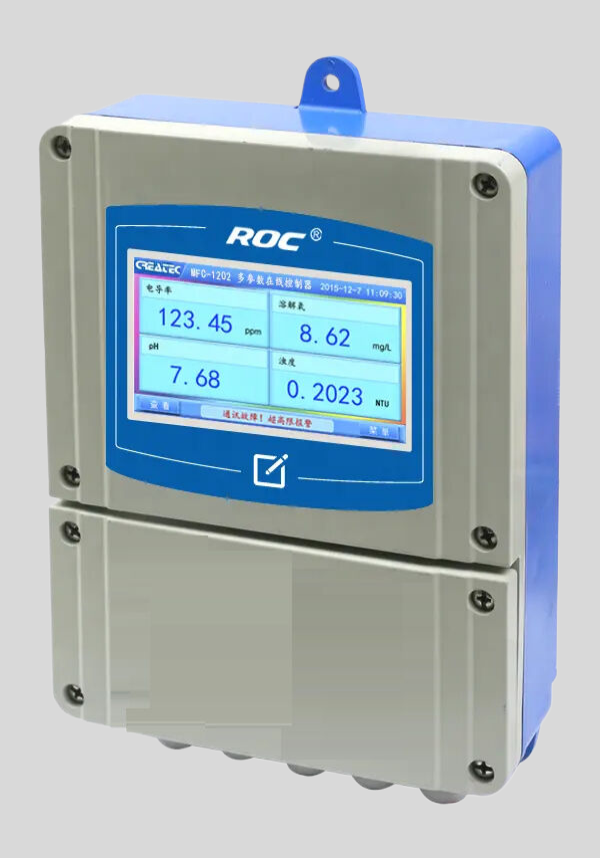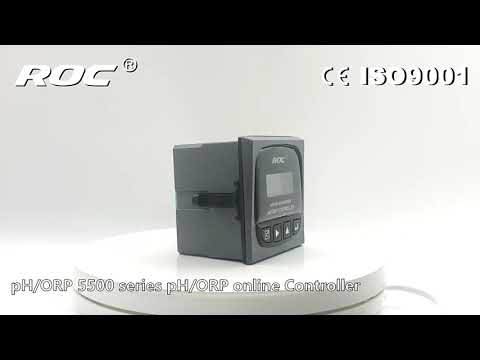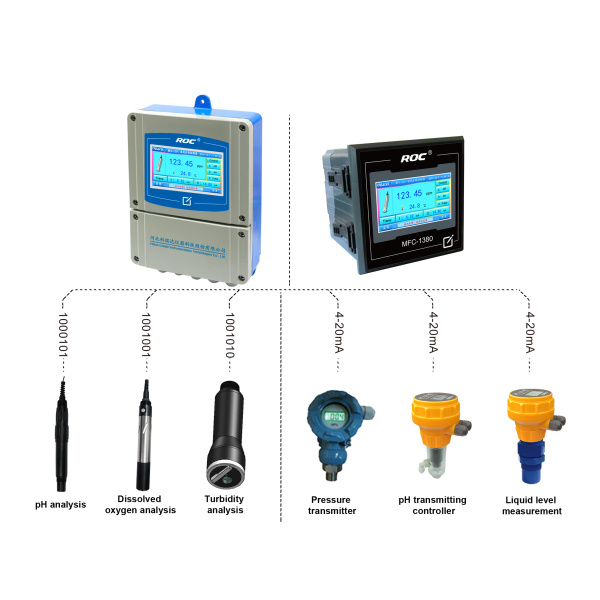The Effectiveness of TDS Meters in Detecting Microplastics
Total Dissolved Solids (TDS) meters are commonly used to measure the concentration of dissolved substances in water. These meters work by measuring the electrical conductivity of the water, which is directly related to the amount of dissolved solids present. While TDS meters are effective at detecting a wide range of dissolved substances, including salts, minerals, and metals, there is some debate over their ability to detect microplastics.
Microplastics are tiny pieces of plastic less than 5 millimeters in size that have become a major environmental concern in recent years. These particles can come from a variety of sources, including the breakdown of larger plastic items, microbeads in personal care products, and synthetic fibers from clothing. Microplastics have been found in oceans, rivers, lakes, and even drinking water, posing a threat to marine life and potentially human health.
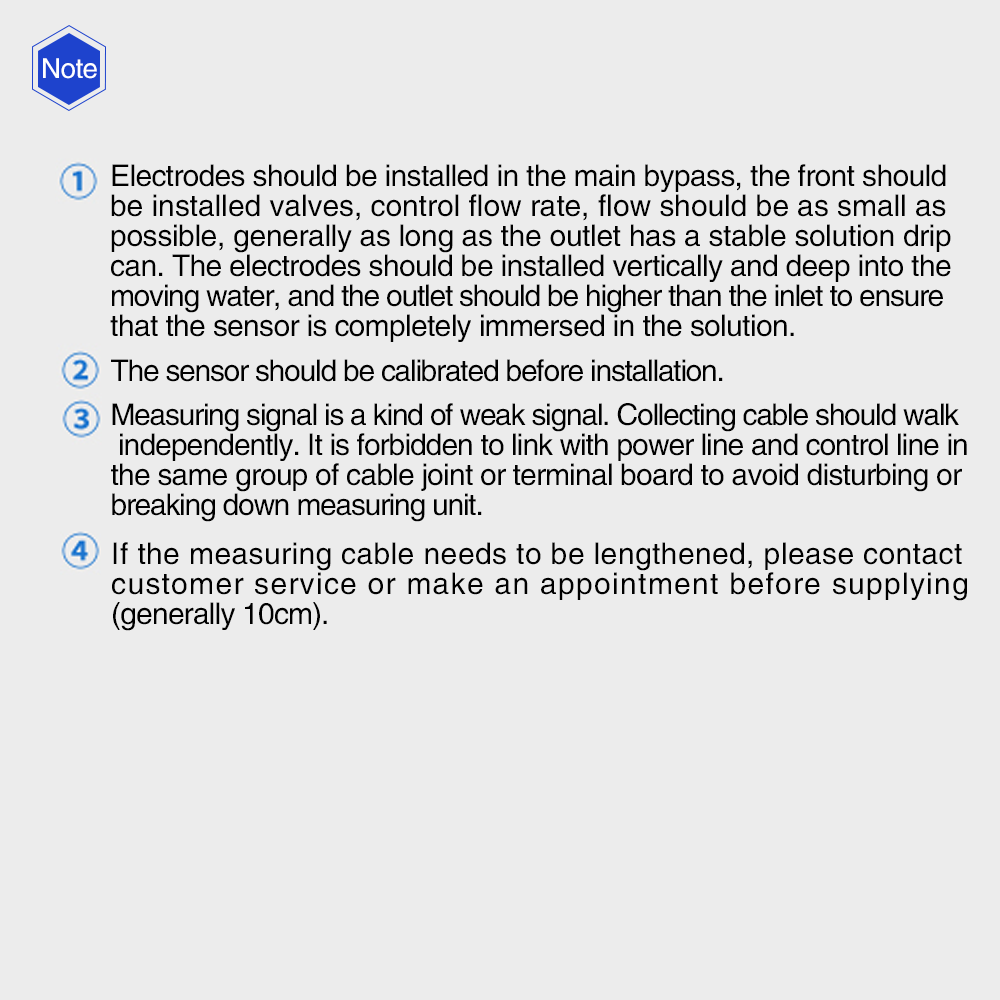
One of the challenges in detecting microplastics is their small size and low density, which can make them difficult to distinguish from other dissolved solids in water. TDS meters are designed to measure the total amount of dissolved solids in water, regardless of their composition. This means that while TDS meters can provide a general indication of water quality, they may not be able to specifically identify microplastics.
However, some researchers believe that TDS meters can still be a useful tool in detecting microplastics, particularly in combination with other analytical techniques. For example, studies have shown that microplastics can alter the electrical conductivity of water, which could potentially be detected by TDS meters. By comparing the conductivity readings of water samples with and without known concentrations of microplastics, researchers may be able to develop a method for quantifying microplastic pollution using TDS meters.
In addition to conductivity measurements, researchers are also exploring the use of spectroscopic techniques to identify and quantify microplastics in water. These techniques involve shining light on a water sample and analyzing the way it interacts with different substances, including microplastics. By comparing the spectroscopic signatures of known microplastics with those of water samples, researchers can potentially develop a more accurate method for detecting microplastics.
While TDS meters may not be able to directly detect microplastics, they can still play a valuable role in monitoring water quality and identifying potential sources of pollution. By measuring the total amount of dissolved solids in water, TDS meters can provide a broad overview of water quality and help identify trends or changes over time. This information can be used to guide further research and monitoring efforts to better understand the extent of microplastic pollution and develop strategies for mitigating its impact.
In conclusion, while TDS meters may not be able to detect microplastics on their own, they can still be a valuable tool in the fight against plastic pollution. By combining TDS measurements with other analytical techniques, researchers can develop more comprehensive methods for detecting and quantifying microplastics in water. This interdisciplinary approach will be crucial in addressing the growing threat of microplastic pollution and protecting our water resources for future generations.
| ROS-2015 Single Stage Reverse Osmosis Program Controller | |
| \u3000 | 1.water source water tank without water protection |
| \u3000 | 2. low pressure protection |
| Acquisition signal | 3.pure water tank full protection |
| \u3000 | 4.high pressure protection |
| \u3000 | 5.external control(manual/automatic switch) |
| \u3000 | 1.water inlet valve |
| Output control | 2. flush valve |
| \u3000 | 3. low pressure pump |
| \u3000 | 4.high pressure pump |
| \u3000 | AC220v\u00b110% 50/60Hz |
| Power supply | AC110v\u00b110% 50/60Hz |
| \u3000 | DC24v\u00b110% |
| Control output | 5A/250V AC |
| Flush the way | Low pressure flush/ high pressure flush |
| Relative humidity | \u226485% |
| Ambient temperature | 0~50\u2103 |
| Hole Size | 45*92mm(high*wide) |
| Installation method | The embedded |
| Display usage | Standard RO process flow chart, supporting LED dynamic display |
| Process control | When the system is turned on for the first time,the system performs 30s membrane flushing,\u00a0 |
| instructions | and flush 10s when the machine is running and the water tank is full. Run continuously for 3h |
| \u3000 | or stand by for 3h when the water is full, automatically intervene in flushing for 10s |

